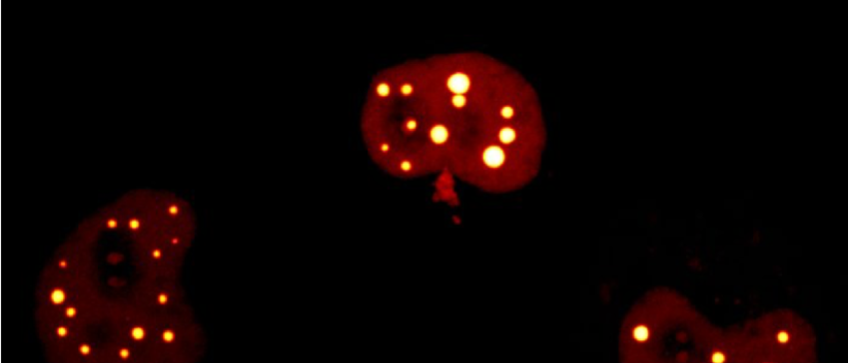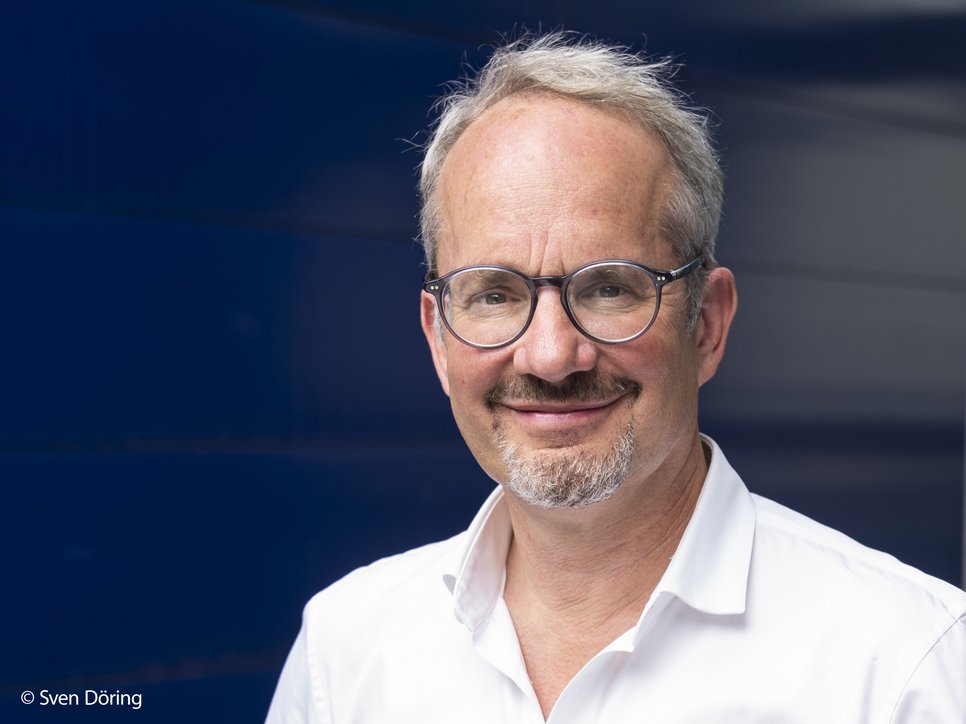
Molecular Condensates
The Research Mission of the IMPRS is advancing our mechanistic understanding of how cells form tissues, the interactions of their cellular components, and how these, in turn, arise from the interactions of individual molecules. Biomolecular condensates have emerged as an important thematic pillar Towards this IMPRS mission. Approximately 10 years ago, the discovery led by IMPRS group of MPI-CBG Director Tony Hyman revealed the formation of membraneless compartments within living cells, giving rise to the novel research field of condensates. These higher-order assemblies with variable stoichiometry allow cells to organize their biochemistry into distinct compartments. Condensates form through liquid-liquid phase separation within cells, resulting in two coexisting but separate liquid phases, similar to the separation of water and oil. The dynamic nature of liquid condensates enables them to form and dissolve rapidly, with their constituent components changing in response to signals and environmental cues.
Studying condensates necessitates a multidisciplinary approach, involving collaborations among biologists, physicists, chemists, mathematicians, engineers, and computer scientists. This interdisciplinary focus exemplifies the collaborative spirit within our IMPRS community, linking our program to other research schools on the Dresden campus. This strong, interconnected community ensures the development of this discipline within our IMPRS, representing a seamless integration of biology and physics across multiple scales.
Our research is embedded in the collaborative environment of MPI-CBG, the Center for Systems Biology Dresden (CSBD), and the Max Planck Institute for the Physics of Complex Systems (MPI-PKS). The field of Molecular Condensates works tightly with the other fields of the IMPRS program Chemistry and Biochemistry, Biophysics, and Mathematics Computation and AI to push the boundaries of current knowledge.
Research Group Leaders Involved
The research group leaders (RGLs) principally involved in Molecular Condensates include Stephan Grill · Tony Hyman · Frank Julicher · Alexander von Appen · Agnes Toth-Petroczy
Click Here for the Full List of Research Groups & Fields!

Anthony (Tony) Hyman: “At the heart of our program is the question of emergence: how cells create compartments and higher levels of organization from the collective behavior of molecules. Many compartments form without membranes, relying on physical and chemical principles that we are only beginning to understand. Studying how such compartments assemble, how they are regulated in development, and how they fail in disease requires an integration of biology, physics, chemistry, and computation.
Our program was one of the pioneers in bringing these disciplines together in graduate training, and it continues to evolve as new technologies and approaches emerge. Students receive a genuinely multidisciplinary education — from genetics and advanced imaging to biophysics and theory — that equips them to explore how universal principles of cellular organization intersect with the unique features of individual systems.”
